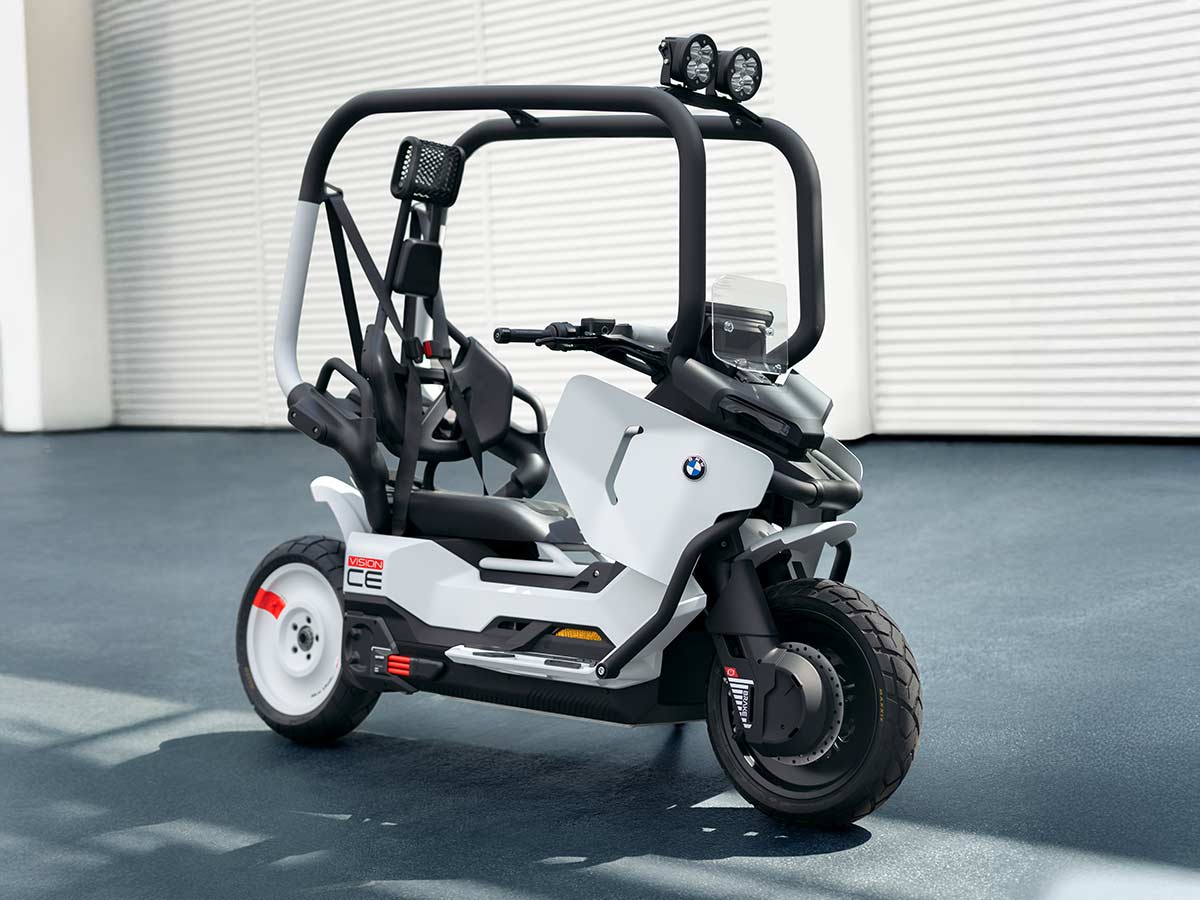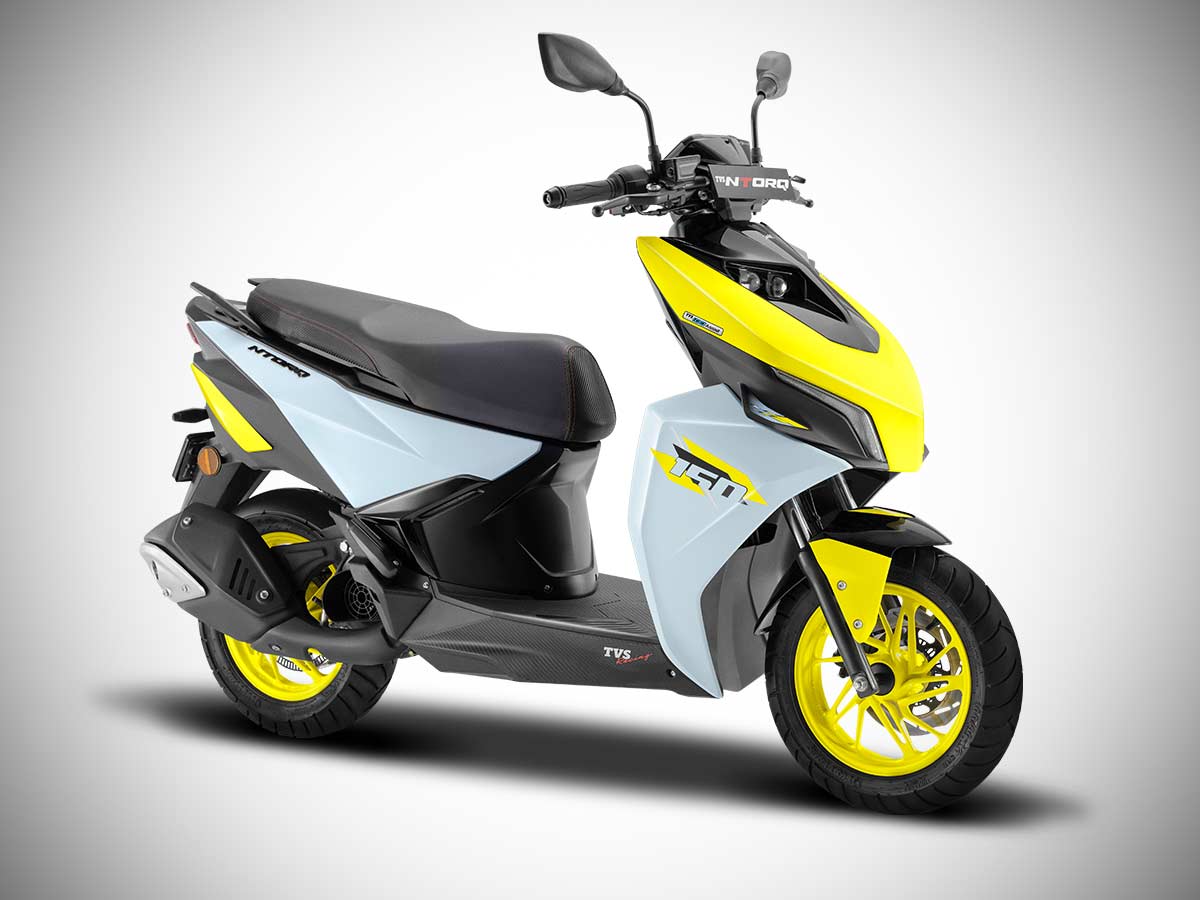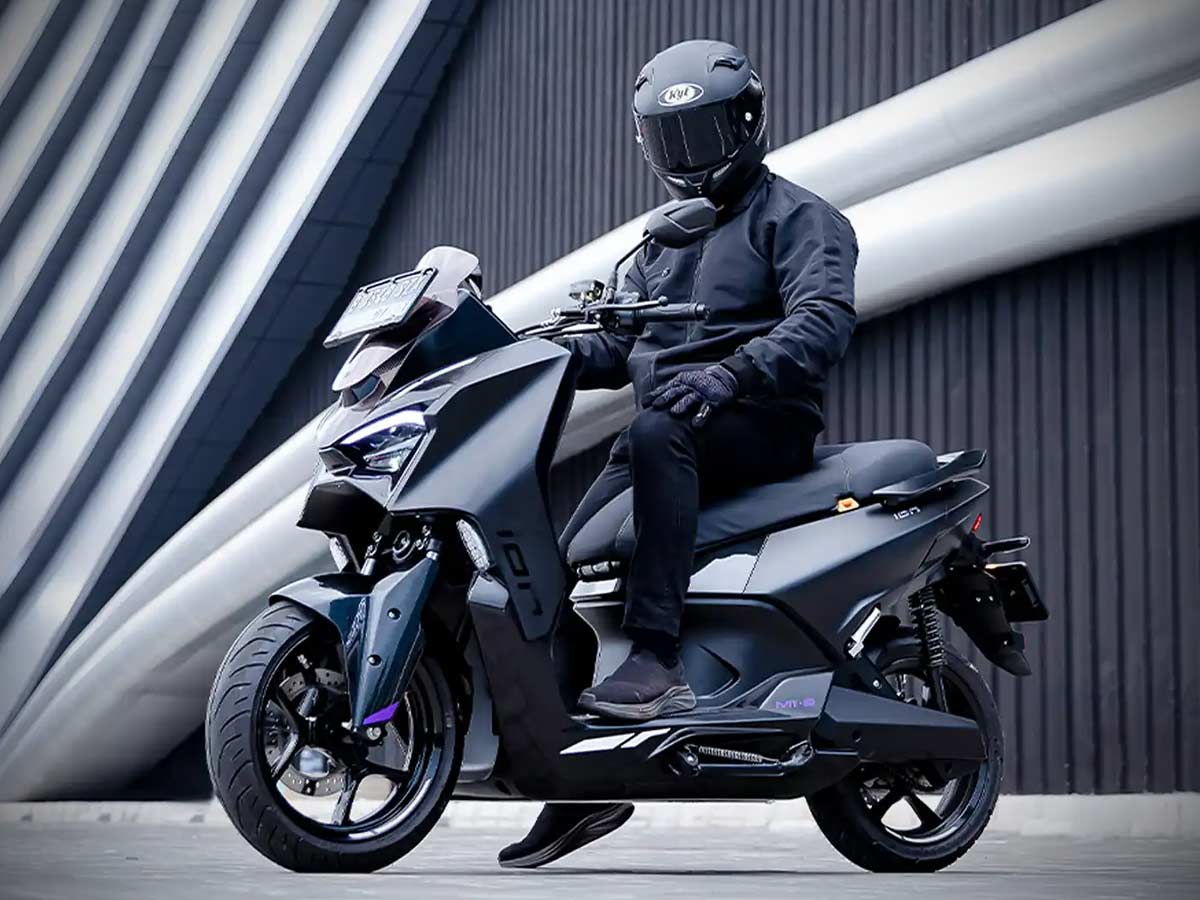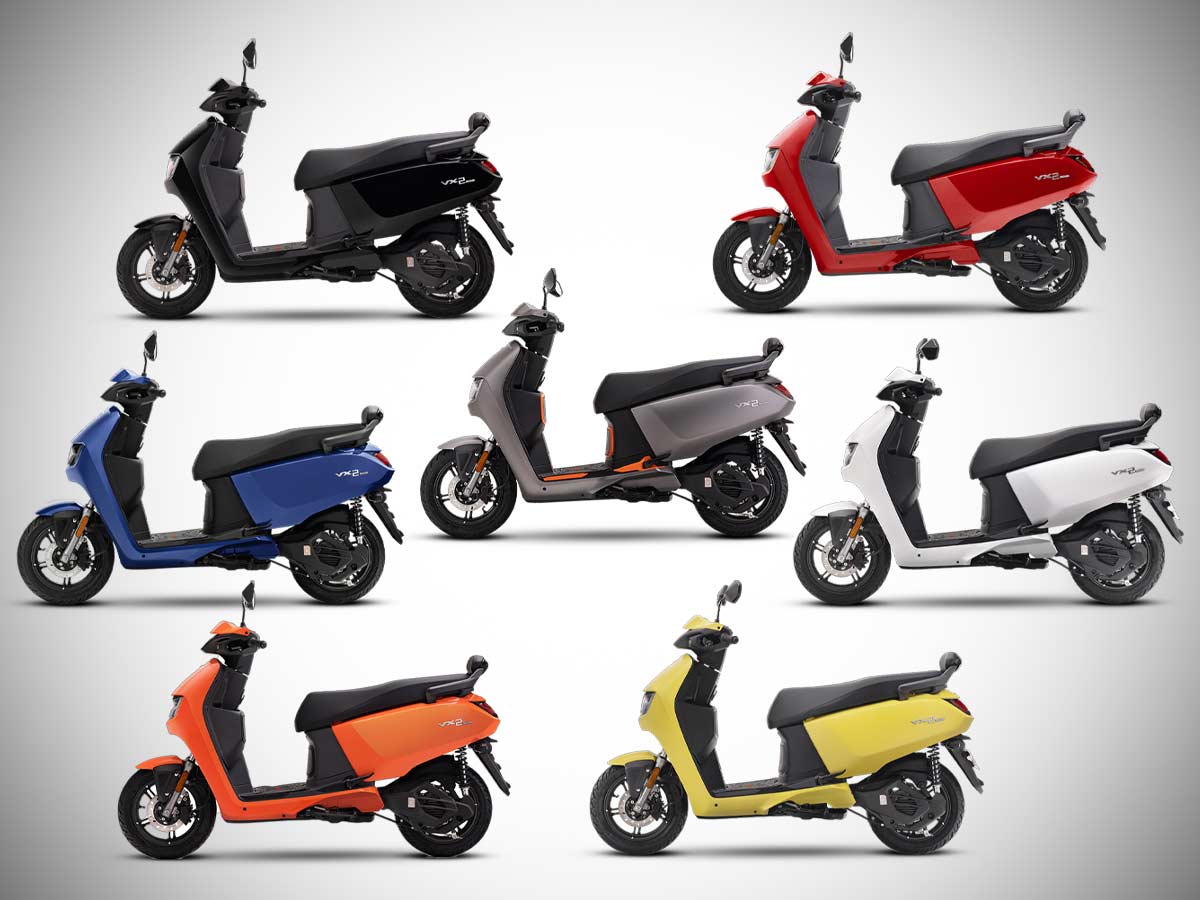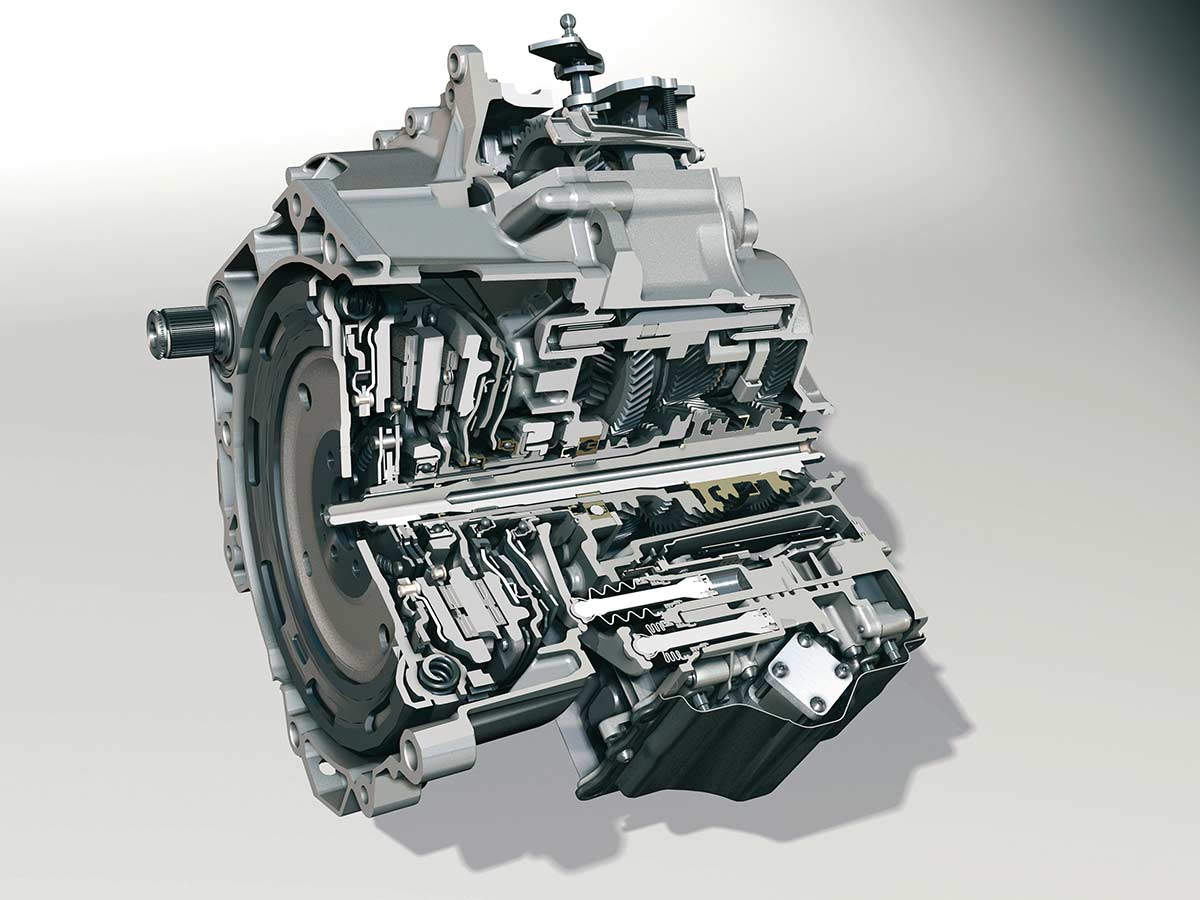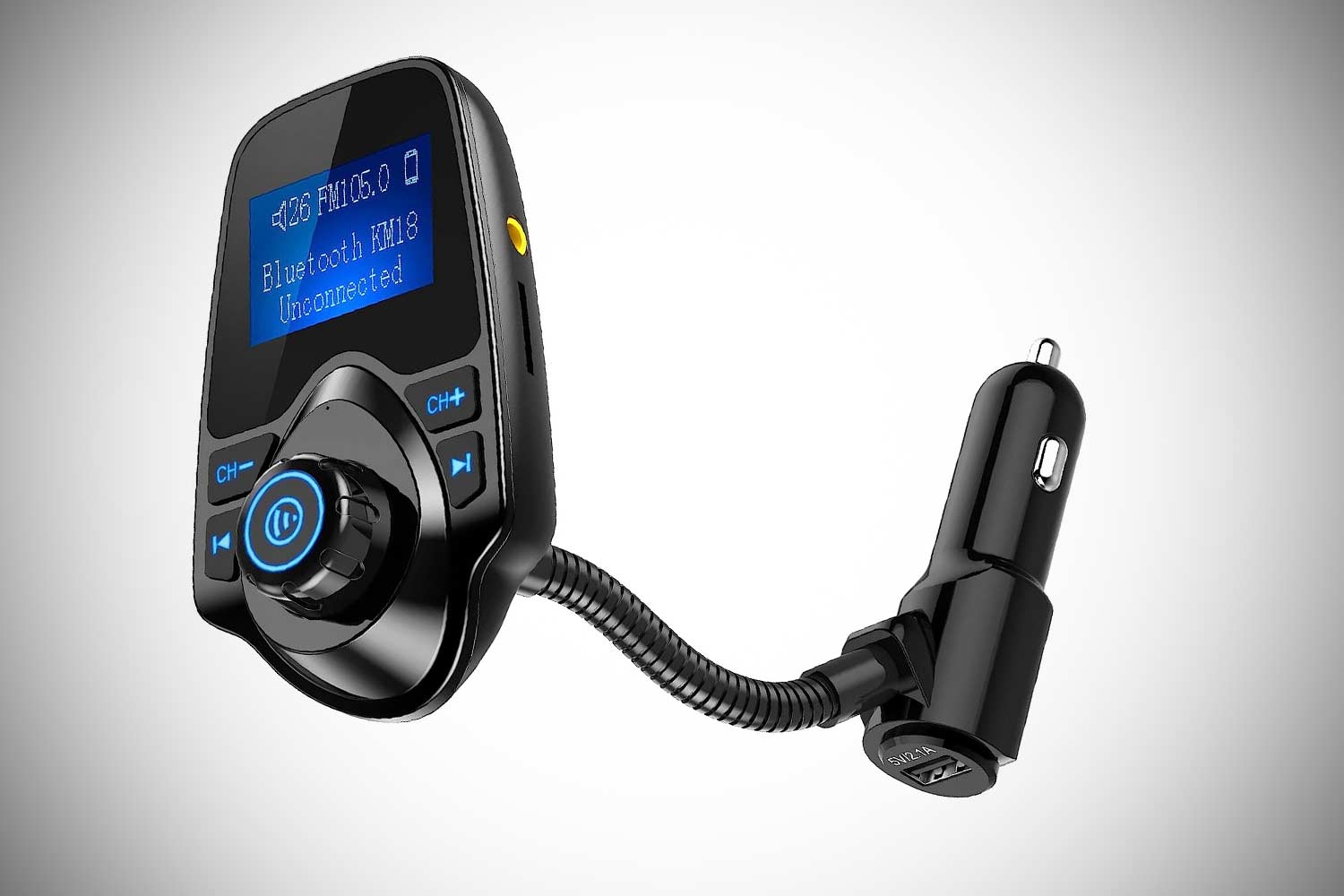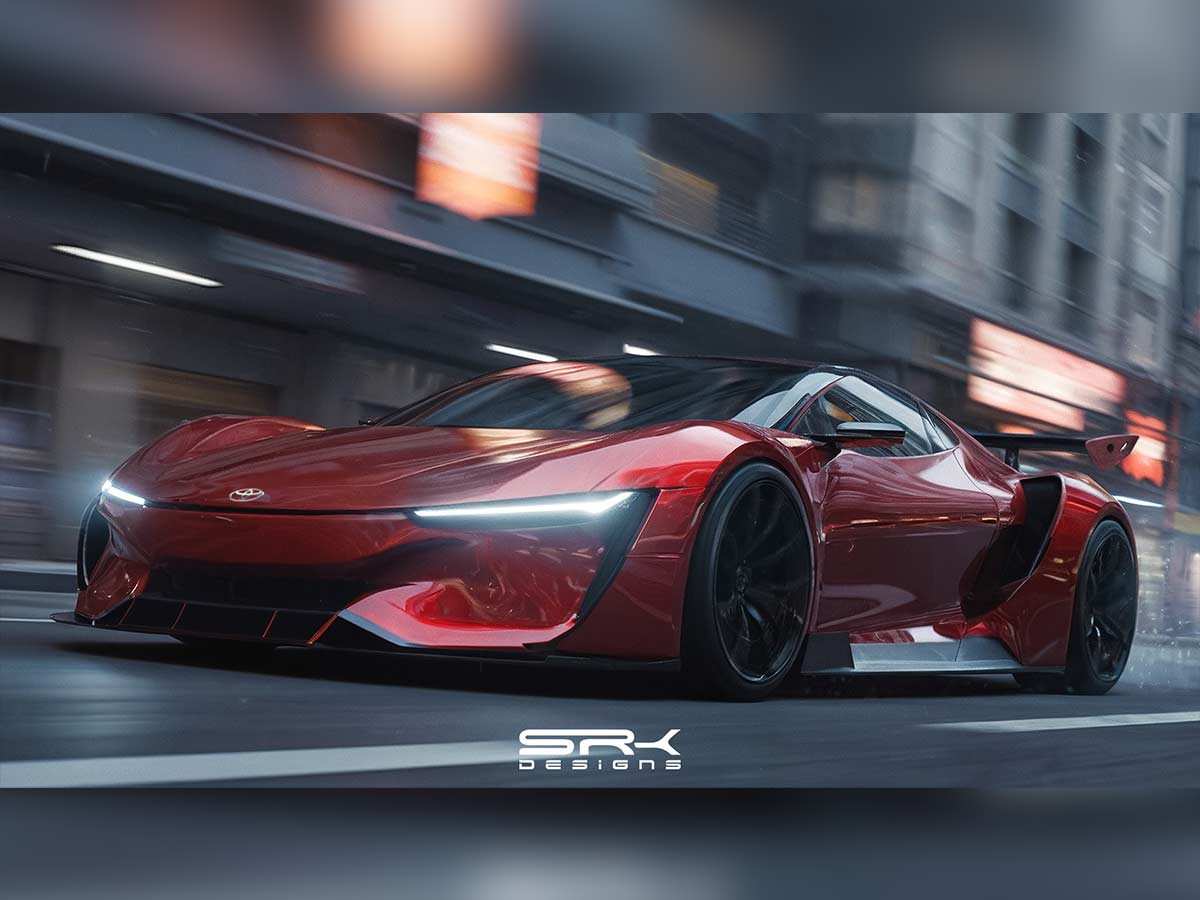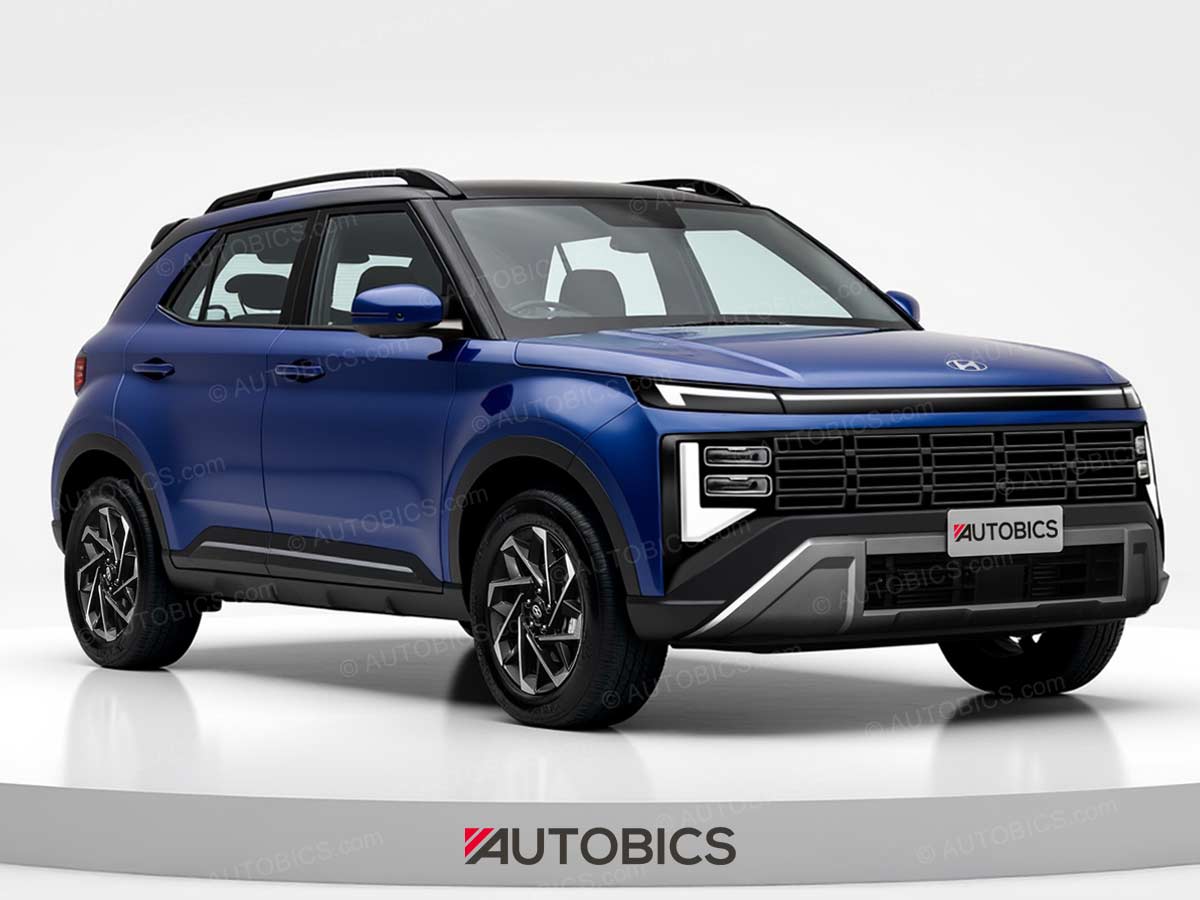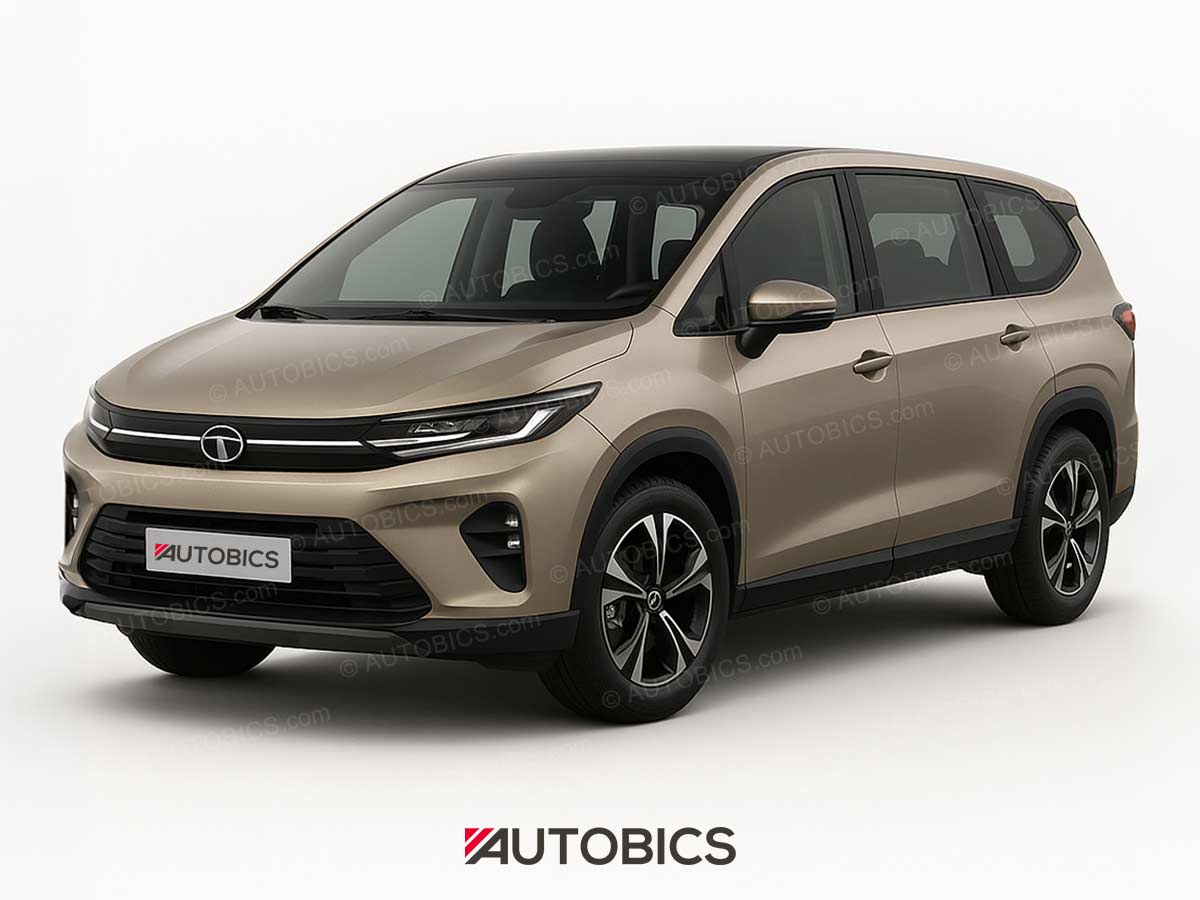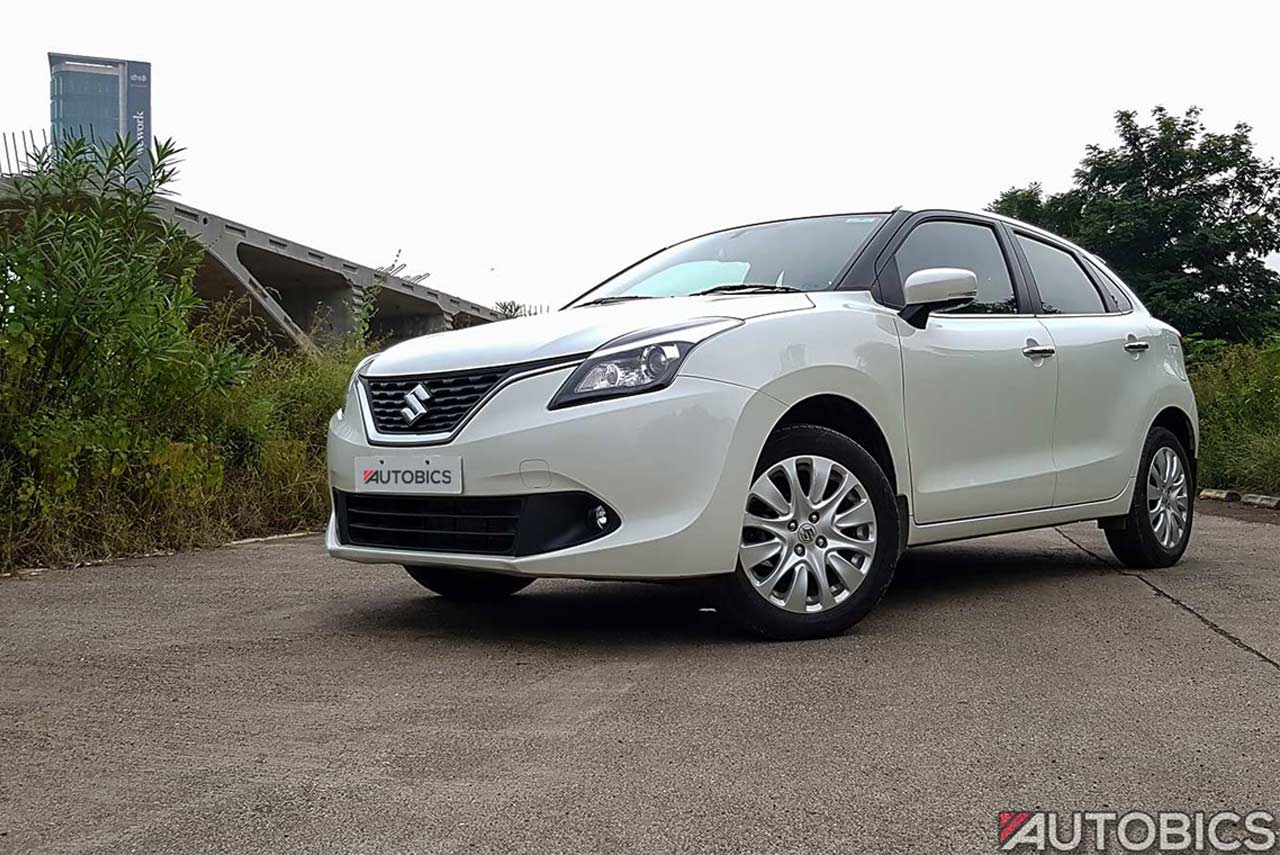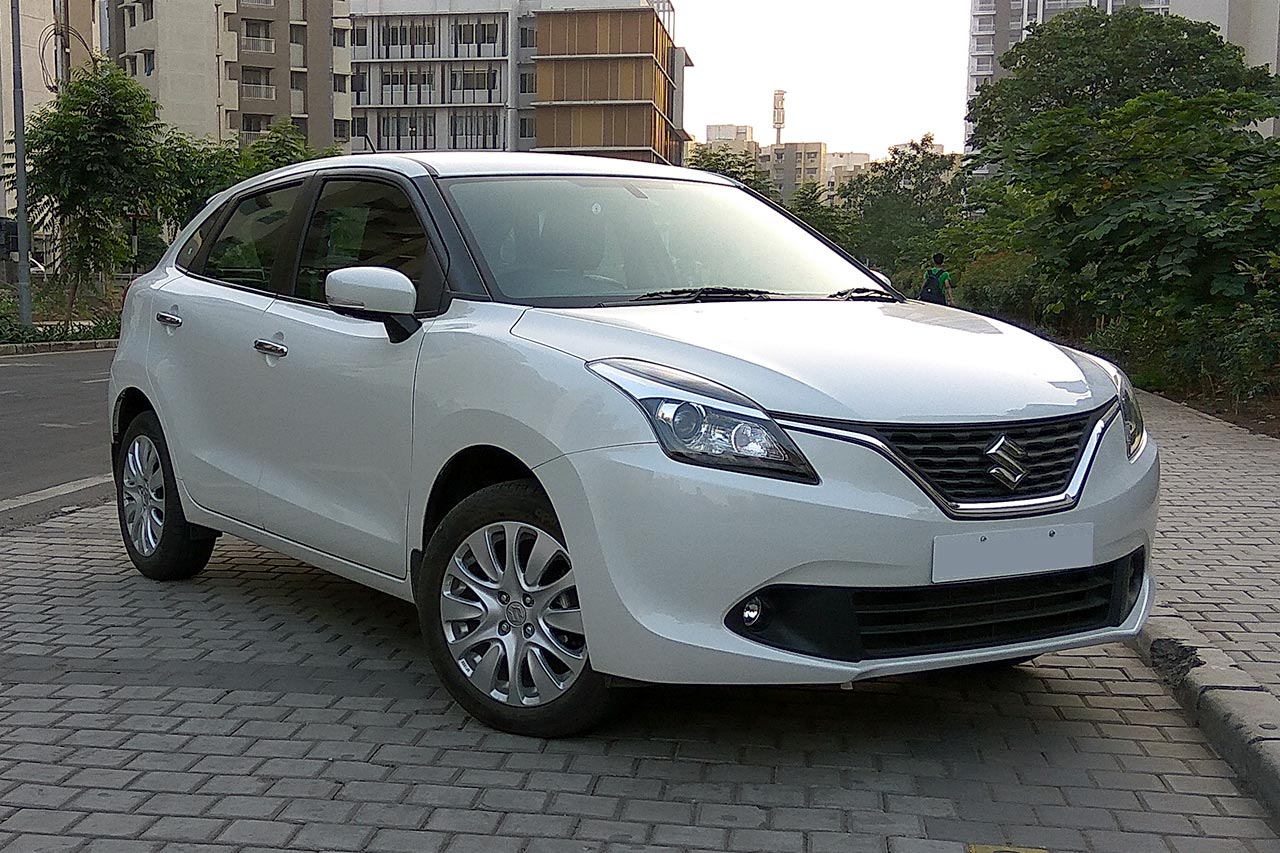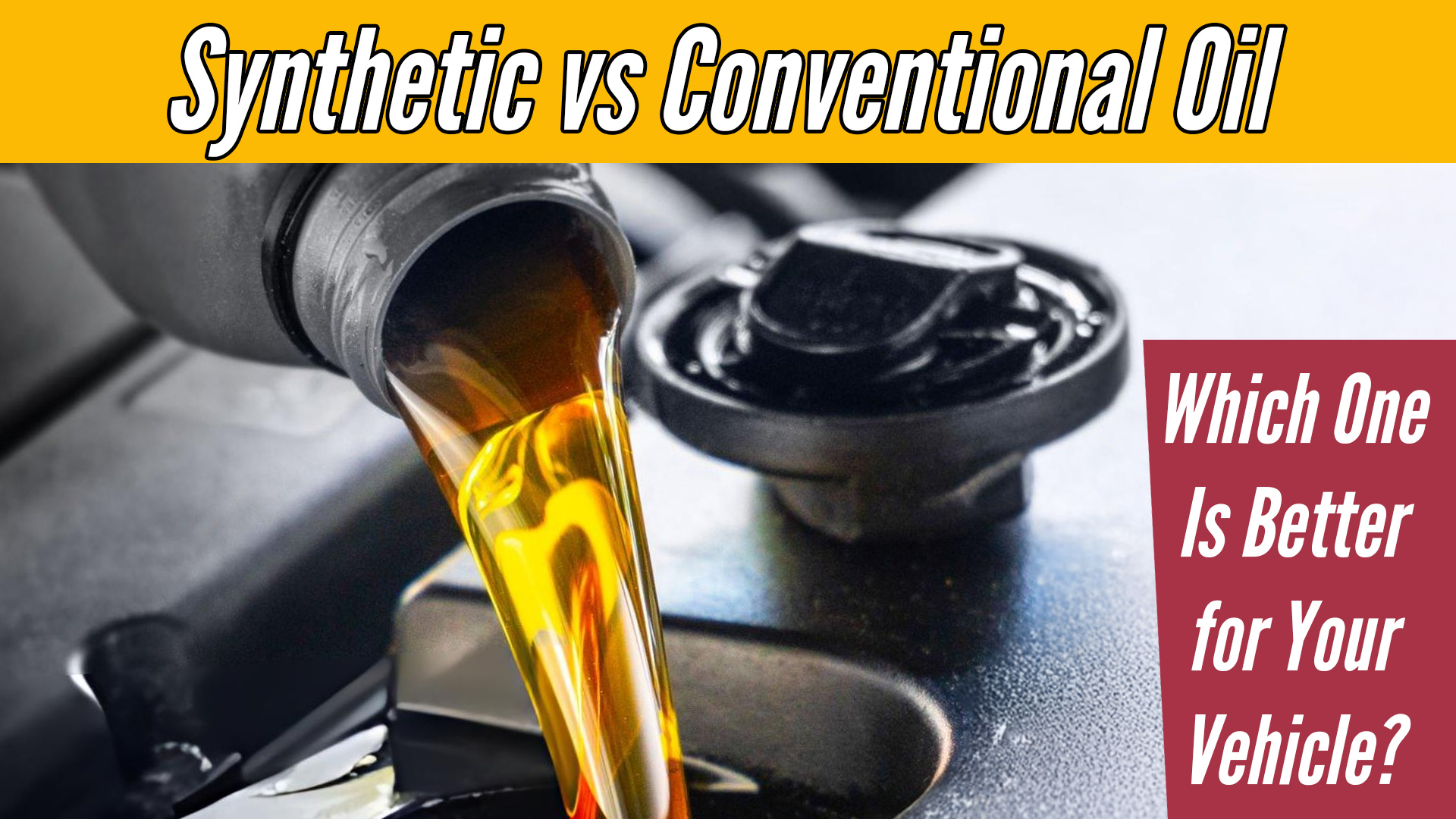The electric car revolution is upon us! With their sleek designs, quiet operation, and environmental benefits, electric vehicles (EVs) are rapidly becoming the transportation of choice for millions. However, unlike traditional gasoline-powered cars, EVs require a slightly different approach to maintenance. This guide covers essential tips for maintaining electric cars, focusing on battery care, software updates, and regular checks. By following these guidelines, you can keep your EV running smoothly and efficiently for years to come.
Why Electric Car Maintenance Matters
Electric cars have fewer moving parts than traditional internal combustion engine (ICE) vehicles, which can lead to lower overall maintenance costs. However, the unique components of EVs, particularly their batteries and software, require specific care and attention. Proper maintenance can help you avoid costly repairs, extend the life of your vehicle, and ensure optimal performance.
Battery Care: The Heart of Your EV

The battery is the heart of your electric vehicle. Most EVs use lithium-ion batteries, which offer high energy density and long life. However, like all batteries, they degrade over time and require proper care to maintain their performance. Its health directly impacts your driving range, performance, and overall lifespan of the vehicle. Here’s how to ensure your battery stays happy and healthy:
Charging Best Practices
- Avoid Frequent Fast Charging: While fast chargers are convenient, frequent use can accelerate battery degradation. Use them sparingly and rely on slower, Level 2 chargers for regular charging.
- Keep Your Battery Between 20-80%: Avoid letting your battery charge drop below 20% or exceed 80%. This practice helps prolong battery life by reducing stress on the battery cells.
- Charge to 100% Only When Necessary: For long trips, a full charge might be needed. However, for daily use, keeping the charge level below 100% is advisable.
- Long-Term Storage: If you plan on storing your EV for an extended period (weeks or more), it’s best to leave it with a 50% charge. This helps to minimize battery degradation. Additionally, consult your owner’s manual for specific storage recommendations from your car manufacturer.
Temperature Management
- Avoid Extreme Temperatures: High and low temperatures can negatively impact battery performance and lifespan. Park your EV in a garage or shaded area during extreme weather conditions.
- Precondition Your Battery: Some EVs offer preconditioning features that warm up or cool down the battery before driving in extreme weather to minimize stress on the battery. Use this feature to optimize battery temperature and performance.
Regular Battery Health Checks
- Monitor Battery Health: Most EVs come with built-in systems to monitor battery health. Regularly check your battery status through the vehicle’s display or associated app.
- Schedule Professional Inspections: Have your battery inspected by a professional at least once a year to ensure it’s in good condition and to catch any potential issues early.
Software Updates
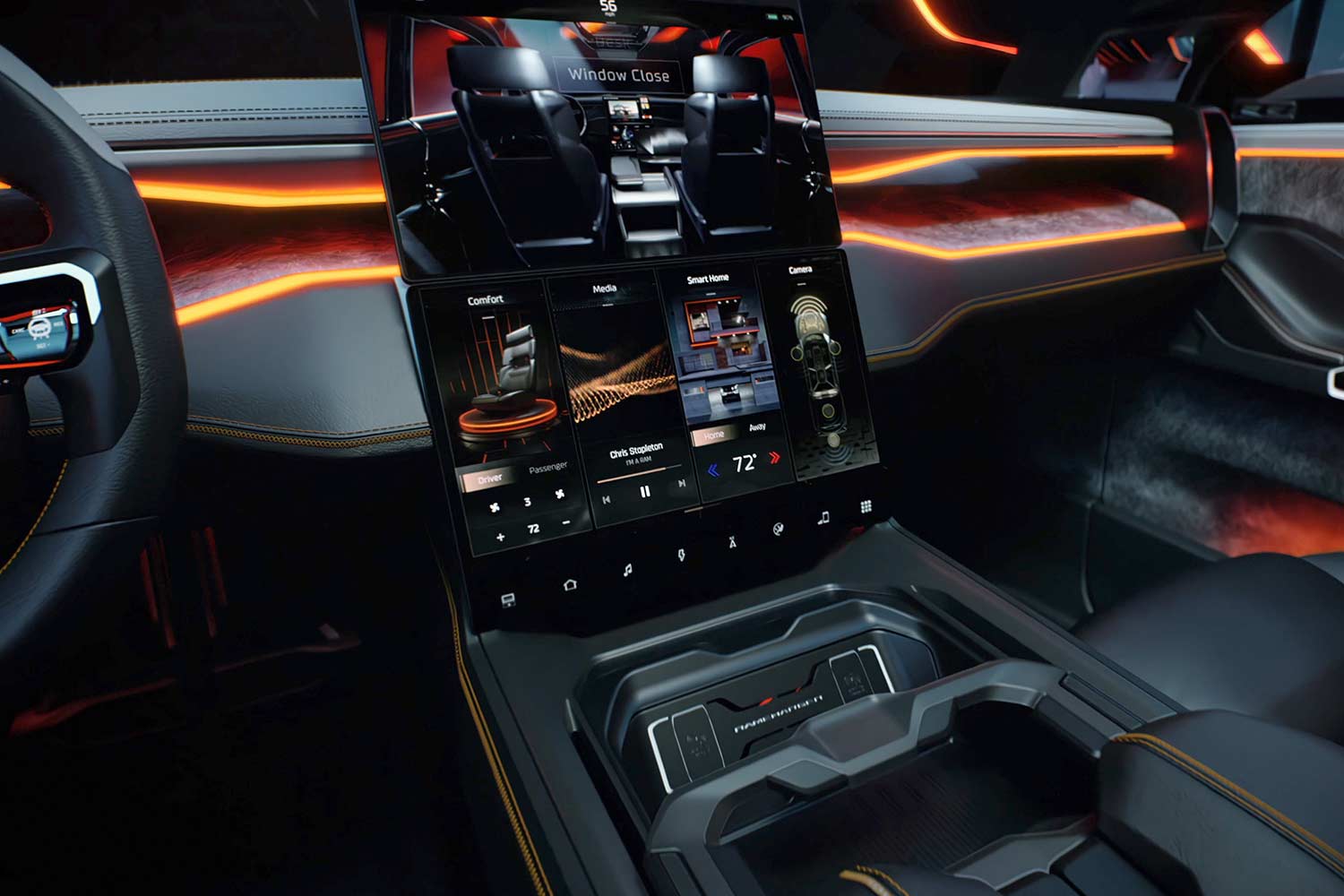
Unlike gasoline cars, EVs are essentially computers on wheels. Modern electric vehicles rely heavily on software to manage everything from battery performance to infotainment systems. Manufacturers frequently release software updates to optimize performance, fix bugs, and even introduce new features. Keeping your software up-to-date is essential for maintaining the safety, efficiency, and functionality of your EV.
- Automatic Updates: Many EV manufacturers provide over-the-air (OTA) updates. Ensure this feature is enabled in your car’s settings to receive updates seamlessly.
- Manual Updates: Some manufacturers might require you to download and install updates manually via a USB drive or a smartphone app. Check your owner’s manual for specific instructions on how to update your car’s software.
- Importance of Updates: Don’t ignore software updates! They can improve battery efficiency, enhance driving dynamics, and even address potential safety concerns. Periodically check for software updates manually through your vehicle’s settings or the manufacturer’s app. If OTA updates are not available, visit an authorized service center to ensure your vehicle’s software is current.
Regular Checks and Maintenance
- Tire Maintenance: Check your tires regularly for wear and tear. Properly maintained tires ensure better efficiency and safety. Maintain optimal tire pressure as specified in your vehicle’s manual. Proper tire pressure can improve range and reduce tire wear. Have your tires aligned and rotated regularly to ensure even wear and extend their lifespan.
- Brake System: EVs use regenerative braking, which reduces wear on traditional brake components. However, regular inspections are still necessary. Check brake fluid levels periodically and replace them as recommended by the manufacturer.
- Cooling System: Just like ICE vehicles, some EVs have cooling systems that require regular coolant level checks. Have your cooling system inspected and serviced according to the manufacturer’s guidelines to ensure optimal performance.
- Electrical System: Regularly inspect charging cables and connectors for any signs of wear or damage. Ensure all lights, signals, and electrical components are functioning correctly.
- Windshield Wiper Blades:Ensure your wiper blades are in good condition to maintain clear visibility during rain or snow. Replace worn or damaged blades promptly.
- Cabin Air Filter: A clean cabin air filter ensures fresh air circulation inside your car. Replace the cabin air filter according to the manufacturer’s recommended schedule.
Additional Tips for a Happy EV Life

- Driving Style: Avoid aggressive acceleration and sudden braking. A smooth and steady driving style optimizes battery efficiency and maximizes your driving range.
- Regenerative Braking: Utilize regenerative braking whenever possible. This not only reduces wear and tear on your traditional brakes but also feeds energy back into the battery, improving your driving range.
- Read the Manual!: Your owner’s manual is a wealth of information specific to your EV model. Refer to it for detailed maintenance schedules, recommended fluids, and warranty information.
Embrace the EV lifestyle!
Maintaining an electric vehicle involves a combination of battery care, staying current with software updates, and performing regular checks on various systems. By following these tips, you can ensure your EV remains in top condition, providing you with a reliable, efficient, and enjoyable driving experience. As electric vehicles continue to gain popularity, staying informed about maintenance best practices is essential for all EV owners.




